For decades, the saola, a mysterious, antelope-like creature dubbed the “Asian unicorn” has eluded scientists, existing more as a ghost of the Annamite Mountains than a living, breathing species. With fewer than 100 individuals believed to remain, and no confirmed sightings in over a decade, many feared it had already slipped into extinction. But now, in a groundbreaking study, scientists have sequenced the saola’s genome for the first time and the revelations could rewrite its fate.
The Ghost of the Annamites: A Species on the Edge
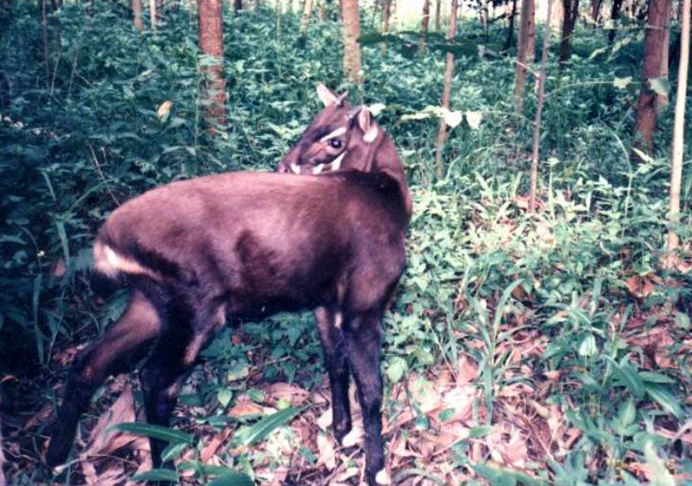
Discovered only in 1993, the saola (Pseudoryx nghetinhensis) is one of the most enigmatic mammals on Earth. With its elegant, sweeping horns and striking white facial markings, it resembles an antelope but is actually more closely related to wild cattle. Native to the dense forests along the Vietnam-Laos border, it has been photographed just a handful of times by camera traps, the last in 2013.
Habitat loss and illegal snaring for the bushmeat trade have pushed the species to the brink. But the new genomic research reveals an even deeper crisis: the saola’s genetic diversity has been dwindling since the last Ice Age, with fewer than 5,000 individuals existing at any point in the last 10,000 years.
A Genetic Surprise: Two Hidden Populations
The most unexpected discovery? The saola isn’t one homogenous group, it’s split into two genetically distinct populations, separated between 5,000 and 20,000 years ago. One group inhabits the northern Annamites, the other the southern range.
“We were stunned,” says Genís Garcia Erill, lead author of the study. “Each population has lost different parts of its genetic code. If we can merge them, they might fill in each other’s gaps.”
This finding is critical because low genetic diversity often dooms conservation efforts as seen with the near-extinct cheetah or Tasmanian devil. But if scientists can locate and breed saolas from both groups, the species might have a fighting chance.
The Race to Find the Last Saolas
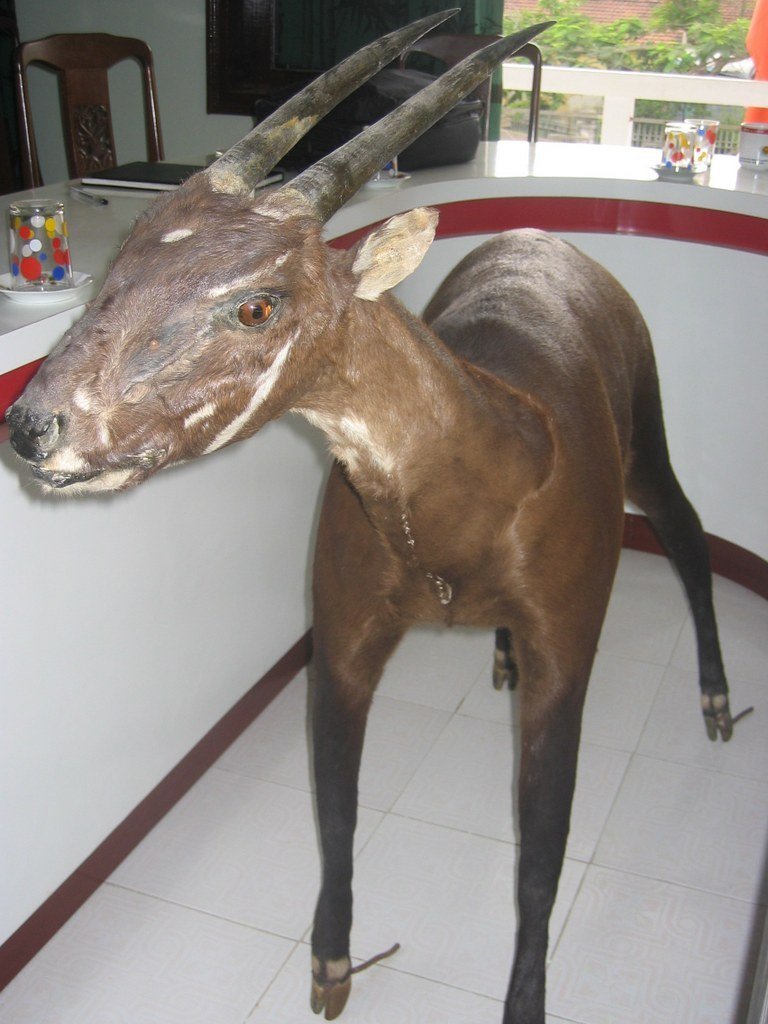
The challenge? No one knows where or if they still exist. Since 2013, expeditions, camera traps, and even leech blood analysis (to detect saola DNA) have turned up nothing.
“It’s like searching for a needle in a rainforest,” says Minh Duc Le, a Vietnamese zoologist. But now, with the full genome mapped, researchers can refine their search, using environmental DNA (eDNA) techniques to detect even the faintest traces.
A Controversial Lifeline: Captive Breeding
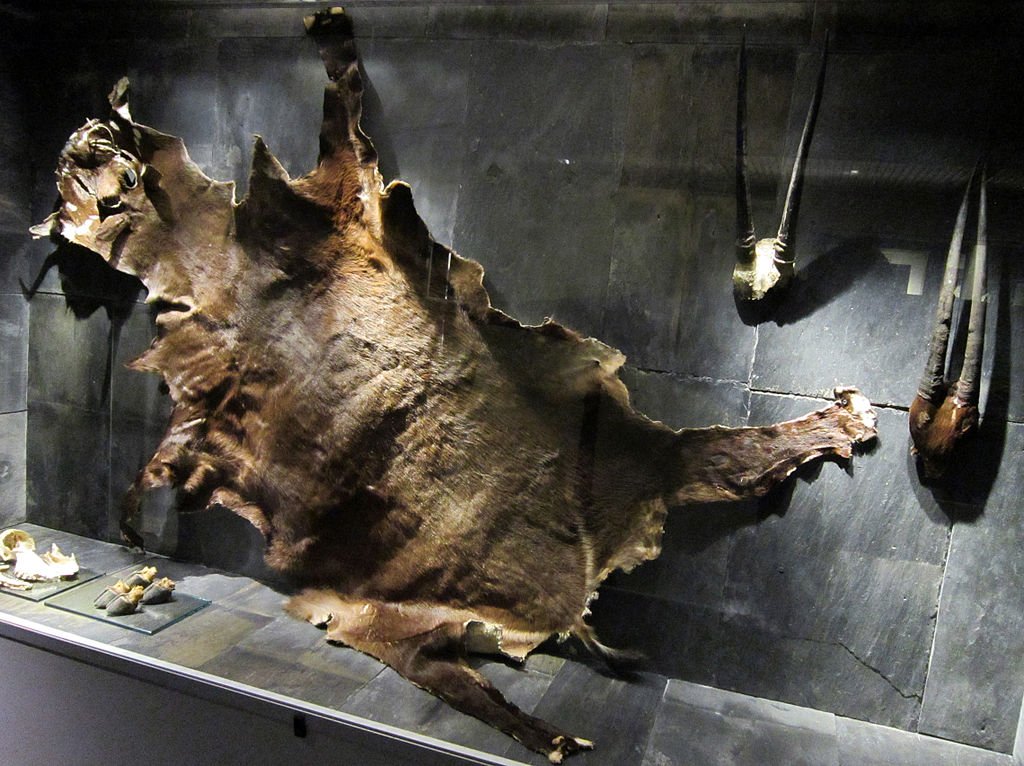
Conservationists have long debated whether captive breeding could save the saola. Previous attempts ended tragically, every captured individual died within months, unable to adapt to confinement. But the new genetic data suggests a carefully managed program, mixing northern and southern saolas, could work.
Simulations show that just a dozen individuals ideally from both populations could stabilize the gene pool. “It’s risky, but it might be the only option,” says Rasmus Heller, a co-author of the study.
The Broader Crisis: Empty Forests of Southeast Asia
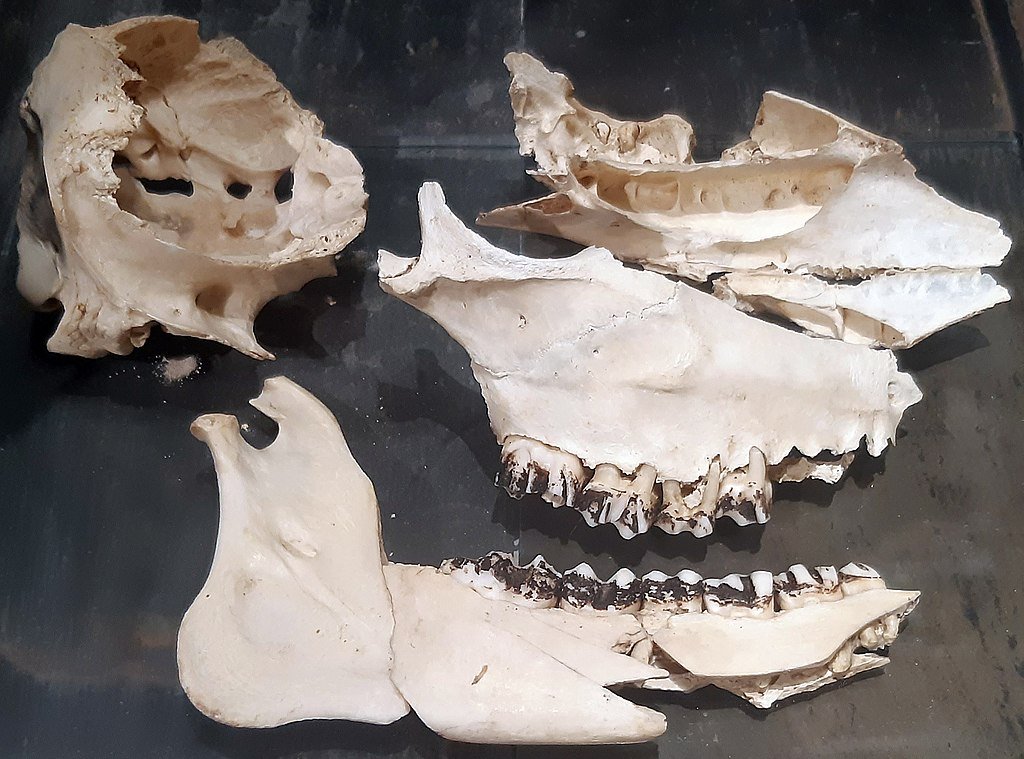
The saola’s plight mirrors a wider catastrophe. The Annamite Mountains, a biodiversity hotspot, have been ravaged by illegal hunting. Species like the large-antlered muntjac and Annamite striped rabbit are also vanishing.
“The saola is a symbol,” says conservationist William Robichaud. “If we lose it, we’re admitting defeat for an entire ecosystem.”
What Comes Next?
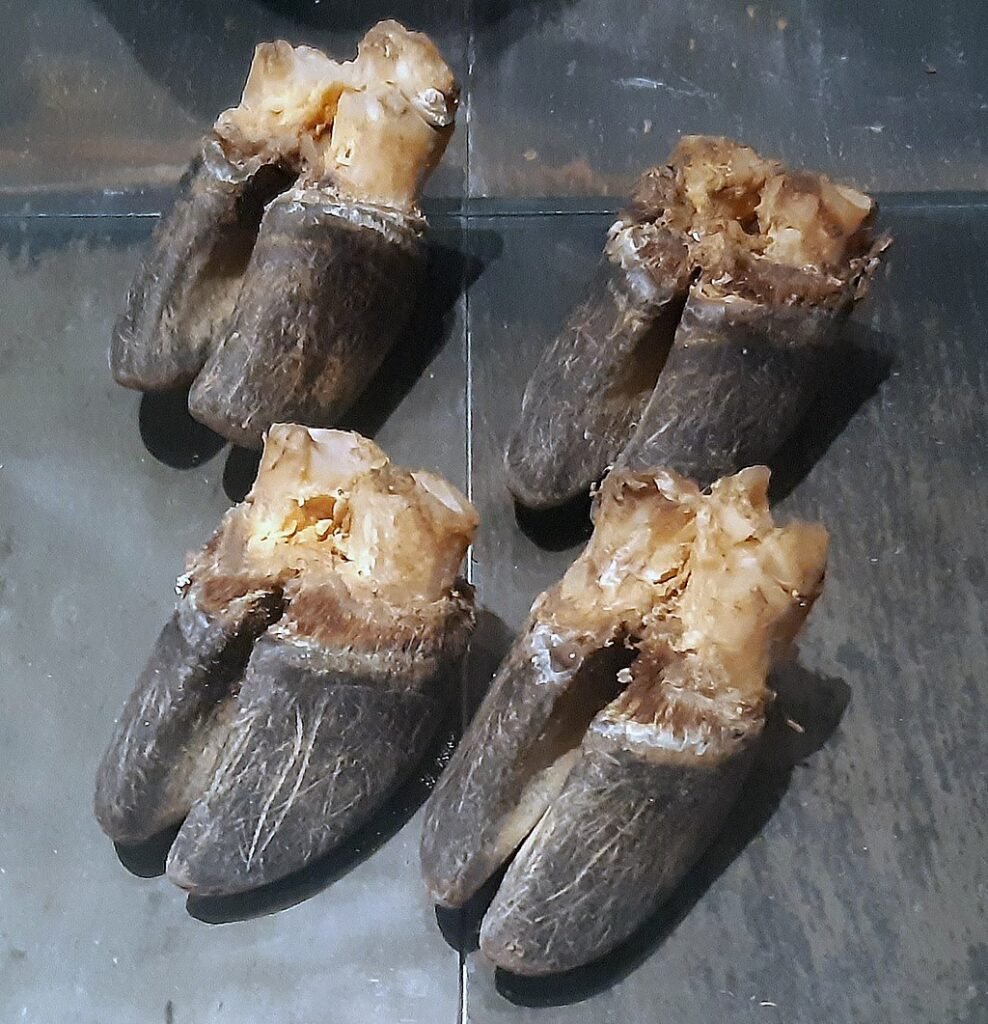
The immediate priority is finding live saolas, a task requiring local community cooperation and intensified anti-poaching efforts. If successful, a breeding program could begin within years. If not, the “Asian unicorn” may fade into legend.
But for now, science has handed conservationists a lifeline. As Heller puts it: “We finally have the roadmap. Now, we just need the saola to still be out there.”
The study was published in Cell, marking a rare glimmer of hope for a species that has spent its entire known existence on the edge of oblivion.
Sources:

Jan loves Wildlife and Animals and is one of the founders of Animals Around The Globe. He holds an MSc in Finance & Economics and is a passionate PADI Open Water Diver. His favorite animals are Mountain Gorillas, Tigers, and Great White Sharks. He lived in South Africa, Germany, the USA, Ireland, Italy, China, and Australia. Before AATG, Jan worked for Google, Axel Springer, BMW and others.




